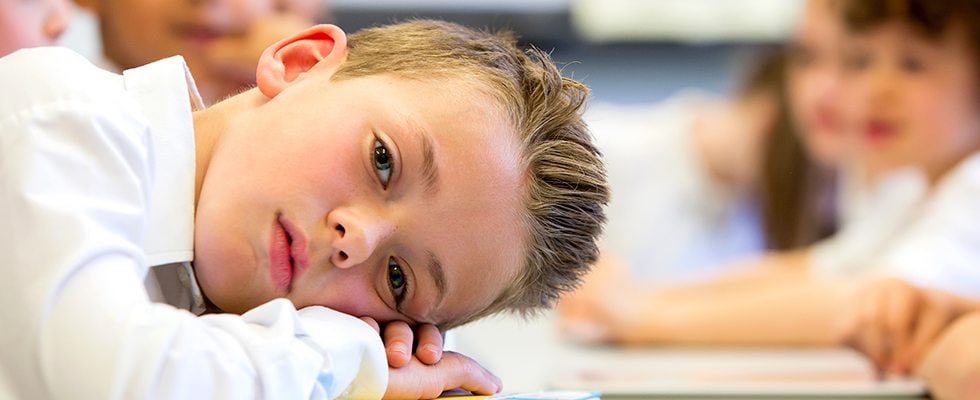
Vision and Learning
For most school children, as much as 80% of their learning occurs through their eyes. Reading a blackboard, looking at books, using a computer, watching the teacher and observing the other students are some of the ways vision is used in the classroom. Understanding the information that comes through their eyes is paramount to a student’s success at school.
The difference between eyesight and vision is key to understanding some vision-related learning problems.
Eyesight is simply one’s ability to see clearly and is determined through an eye exam.
Vision is best described as the brain’s understanding of what is seen.
Vision involves being able to take visual information, process it and obtain meaning from it. When a child has a vision issue, it affects the way the brain interprets the information being gathered by the eyes. Although the eyes may be able to focus, the information they are transferring to the brain may get reversed, doubled, or jumbled in some other way. This can result in confusion and frustration for students, teachers and parents.
When a child gets confused or frustrated they can act out in the classroom, become angry or depressed, withdraw, experience low self esteem, think they are “stupid” or even give up all together. Many children with vision issues are labeled as hyperactive, trouble makers, daydreamers, class clowns, learning disabled or just plain lazy.
A child with a vision-related learning problem may have perfect 20/20 eyesight and still exhibit some of the following symptoms:
- Excessive blinking or squinting
- Frequent closing of one eye
- Turns head while reading to favor one eye
- Becomes exhausted when trying to read
- Posture issues, raising one shoulder, tilting head
- Difficulty catching or throwing
- Repeatedly confuses right and left
- Problems moving through space, runs into things, drops things
- Rubs eyes frequently
- Skips or repeats words while reading
- Uses finger to read
- Eyes cross or wander
- Frequent motion sickness
- Moves and tilts whole head instead of just moving eyes
- One eye turns, drifts or aims in a different direction than the other eye
- Crossed eye
- Does not recognize a word that was recognized a few lines before
- Poor eye-hand coordination
- Reverses letters
- Homework takes “longer than it should”
- Short attention span when reading and writing
Theses symptoms are indicative of a learning related vision problem. Your child’s vision may be compromised and it causes him or her to act out and present with what looks like a learning disorder. A comprehensive eye exam can diagnose a problem that you might never know your child has and vision therapy is here to help.


